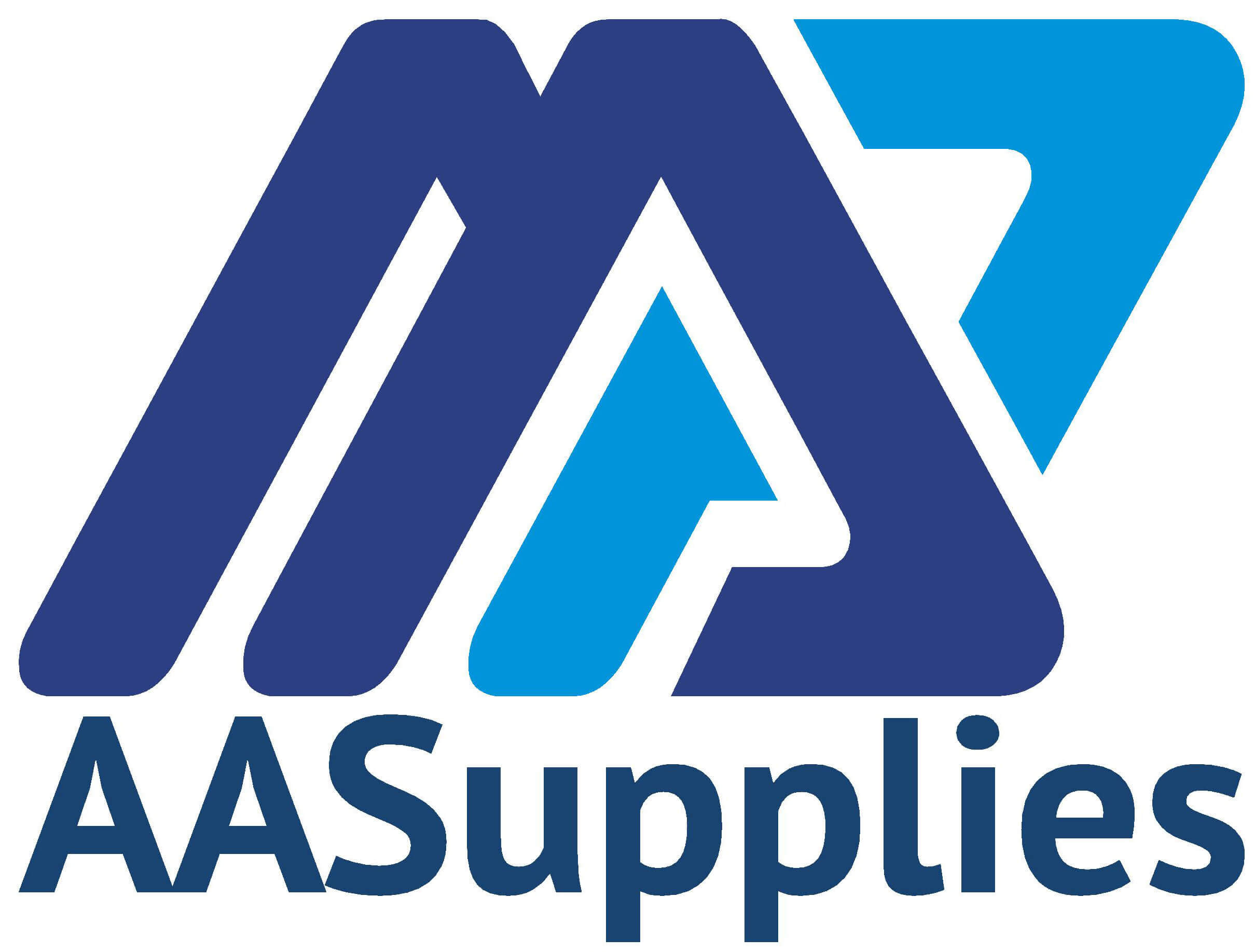WHAT ARE THE DIFFERENT TYPES OF FORKLIFTS
Many people ask us a question that too many of us within the industry take for granted; namely, ‘what are the different types of forklift truck, and what do they do?’
Read on below as we talk you through the major forklift truck types, along with their primary uses.
Counterbalance Forklift Trucks
Counterbalance forklift trucks are the most common type of forklift truck, and the type most people instinctively think of when thinking of forklifts.
On counterbalance trucks, the forks protrude from the front of the machine, with no outrigging legs or arms, meaning the truck can be driven up to the exact location of the load or racking. This means that no reach facility is required, and lends itself to straightforward operation.
Counterbalance machines are available as electric, gas or diesel powered. Many have sideshifts, a mast tilt facility, and often driver cabs.
As the name suggests, counterbalance trucks operate a counterbalance weight design, with a weight at the rear of the truck off-setting the load to be lifted at the front. Electric counterbalance machines are able to operate with a smaller counterweight as the battery serves as ballast as well as a source of power.
3 Wheel Counterbalance Forklift Trucks
3 wheel counterbalance forklifts work to the same premise as regular counterbalance machines however the inclusion of a single drive wheel in the centre of the rear of the machine ensures maximum manoeuvrability.
3 wheel counterbalance machines are perfect for use in applications where space is limited due to their tight turning circles and excellent manoeuvrability. They are also ideally suited to applications that require inside and outside use and racking loading. The combination of counterbalance under-clearance and tight manoeuvrability ensures maximum productivity.
Reach Trucks
Reach trucks are designed predominantly for warehouse operation. They offer maximum lift height with excellent manoeuvrability.
The name refers to the ability of the fork carriage to ‘reach’ out beyond the stabilising legs and therefore ‘reach’ into racking. The combination of this reach capability and the stabilising legs means reach trucks can lift to great heights (in excess of 10 metres) while still operating in very tight working environments.
The stabilising legs and batteries within a reach truck negate the need for any counterbalance weight within the truck construct.
Some reach truck manufacturers design their trucks with a tilting cab mechanism to make for a more comfortable viewing position for the operator. For other manufacturers, a very open overhead guard means this is not required. For further visibility reach trucks can be fitted with cameras on the fork carriage that transmit a signal down to a LCD screen in the cab to aid navigation. These systems can be either wired or wireless, however in our experience wired systems are more reliable as they are not susceptible to interference from outside sources such as broadband routers.
While excellent for use indoors, reach trucks are not ideally suited to work outside. Their low under-carriage clearance can cause problems on uneven working surfaces, and their electric power systems can be prone to contact trouble if regularly shaken due to undulating working surfaces.
Hand Pallet Trucks
Hand pallet trucks are non-powered tools designed for the moving of palletised loads; typically up to 3,500kg in weight.
They are simple in their operation with the operator sliding the forks into the pallet , ‘pumping’ the handle to raise the forks off the ground, and moving the load via the handle.
The front wheels are mounted inside the end of the forks, and as the hydraulic jack is raised, the forks are separated vertically from the front wheels, forcing the load upward until it clears the floor. The pallet is only lifted enough to clear the floor for subsequent travel.
There are a wide variety of hand pallet trucks available:
- Standard pallet compliant
- Euro pallet compliant
- Low profile
- Foldable
- All terrain
- Wide forkspread
- Narrow forkspread
- Stainless steel construct
- Long forked
- Short forked
Powered Pallet Trucks
Powered pallet trucks operate to a very similar principle as hand pallet trucks. The operator slides the forks into the pallet to allow for load bearing. On a powered pallet truck however, the lifting of the load, and truck movement, is powered by the electric motor within the machine.
Typically, there is a ‘paddle’ control to select forward or reverse direction, and button control to raise or lower the forks.
As with all electric powered trucks, the batteries contained within need to be charged. Often, with a powered pallet truck, the truck has an integral charger meaning that it can be plugged straight into the mains without the need for a stand-alone charger.
Powered pallet trucks operate best on flat and smooth surfaces.
Sideloaders
Sideloaders are, as their name suggests, trucks that operate by picking up their load from the side, from the perspective of the operator.
They are very good at handling wide (or long) loads that would otherwise be unstable on a conventional counterbalance machine. Sideloaders are excellent for handling lengthy materials such as timber, piping and sheets. This strength is also a weakness however, as they offer limited flexibility for handling more conventional loads.
Teletrucks
Teletrucks are relatively specialist machines. They have an extending mast operating on a boom, rather than a standard straight mast that is found on counterbalance or reach trucks.
The main benefit of teletrucks is the excellent access they offer, with most machines offering the ability to access both sides of a delivery wagon from one side only; this can lead to strong efficiencies. The drawbacks to teletrucks are the cost (they are significantly more expensive than counterbalance machines) and some reliability issues due to the increased complexity of their design and structure.





















